| Structure | Name/CAS No. | Articles |
|---|---|---|
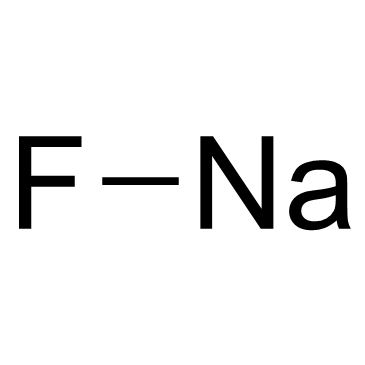 |
Sodium Fluoride
CAS:7681-49-4 |
|
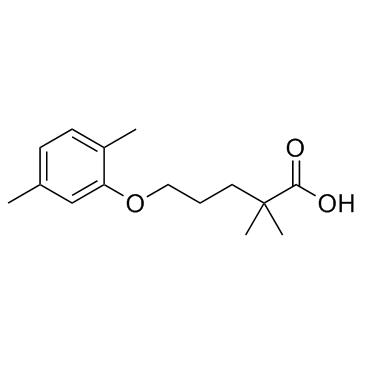 |
Gemfibrozil
CAS:25812-30-0 |
|
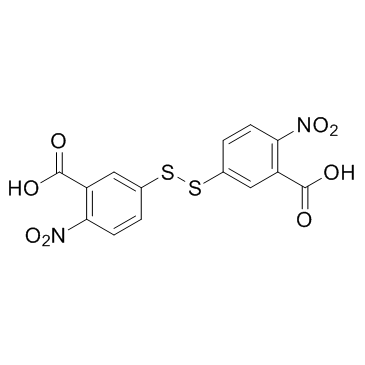 |
DTNB
CAS:69-78-3 |
|
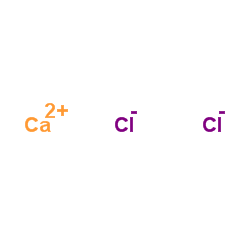 |
Calcium chloride
CAS:10043-52-4 |
|
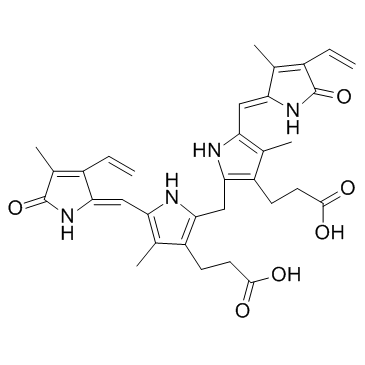 |
bilirubin
CAS:635-65-4 |
|
 |
Cupric chloride
CAS:7447-39-4 |
|
 |
Cadmium chloride
CAS:10108-64-2 |
|
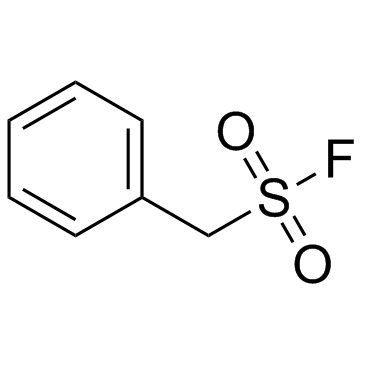 |
PMSF
CAS:329-98-6 |
|
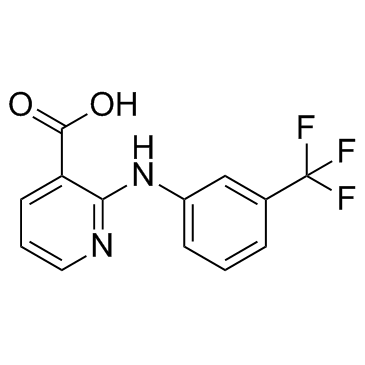 |
Niflumic acid
CAS:4394-00-7 |
|
 |
Physostigmine
CAS:57-47-6 |